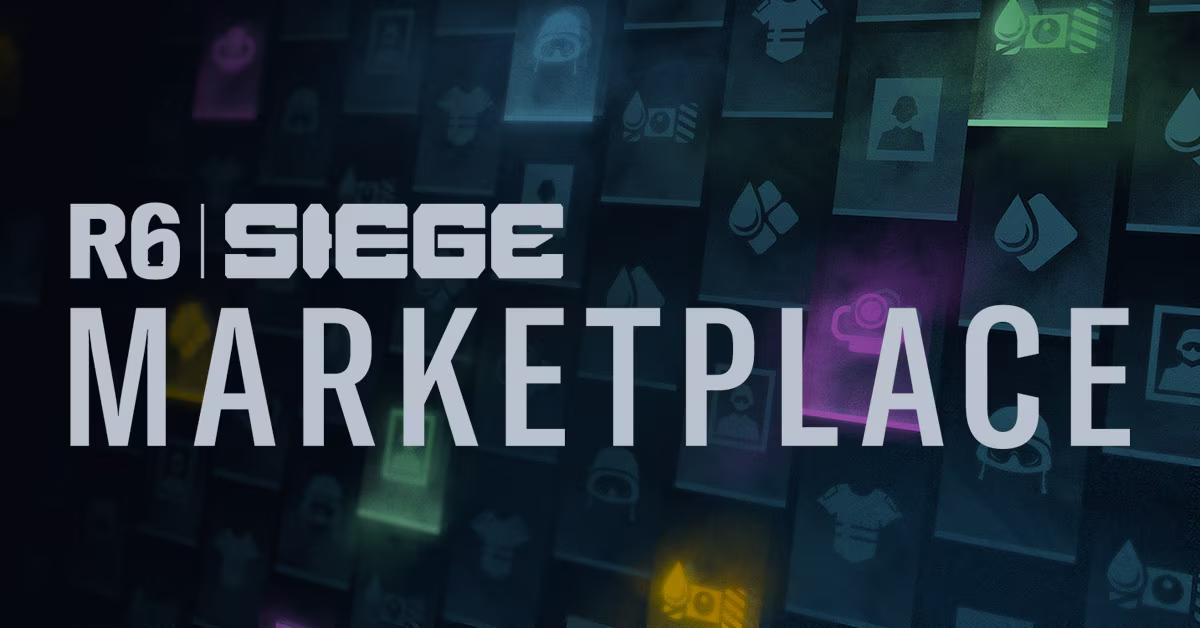The Enduring Appeal of Hidden Pictures
There’s a simple, satisfying magic in finding something that’s been cleverly concealed in plain sight. For many of us, the memory is tied to a rainy afternoon, a favorite children’s magazine, or a well-loved activity book. Armed with a crayon or a keen eye, we would scan a bustling cartoon scene, hunting for a banana disguised as a crescent moon or a fish hiding in a flower pot. These hidden pictures are more than just a pastime; they are a timeless activity that continues to captivate us, from paper puzzles to modern apps.
From Print to Pixels
Hidden object puzzles have been a staple of children’s publications and activity books for decades. They filled the pages of magazines found in waiting rooms and were a reliable source of quiet entertainment on long car rides. The concept was simple but brilliant: embed everyday objects within a larger, more complex illustration.
As technology evolved, so did these puzzles. The first wave of casual computer games brought hidden pictures to our screens, often with narrative-driven mysteries to solve. Today, they thrive on smartphones and tablets as interactive apps. Some even incorporate augmented reality, challenging you to find digital objects hidden in your real-world environment. The format has changed, but the core appeal remains the same.
Why Your Brain Loves the Hunt
The satisfaction of finding a hidden object isn’t just a feeling; it’s a neurological reward. Our brains are wired for pattern recognition. When we scan an image for a specific shape, we are engaging a powerful cognitive function known as visual search.
Every time you successfully locate a hidden item, your brain releases a small amount of dopamine, the neurotransmitter associated with pleasure and reward. This creates a positive feedback loop that makes you want to keep searching. It’s a mini-celebration for your brain, a confirmation that your powers of observation are sharp. This satisfying “aha!” moment is what makes these puzzles so addictive and enjoyable.
Benefits for All Ages
Hidden pictures are not just for kids. They offer significant benefits for adults, too. For children, these puzzles are excellent tools for developing visual-spatial skills, improving fine-motor control (when coloring or circling), and building concentration. They teach patience and perseverance, showing that a careful, focused effort leads to success.
For adults, the puzzles serve as a form of active mindfulness. The intense focus required to find objects pushes away distracting thoughts and helps ground you in the present moment. This can be a powerful tool for stress relief. Engaging in a hidden picture puzzle provides a structured, low-stakes challenge that offers a welcome break from daily pressures.
Tips to Sharpen Your Skills
Want to become a hidden picture master? Try these simple strategies.
Scan Systematically
Instead of letting your eyes jump around randomly, try scanning the image in a methodical pattern, like moving from left to right in rows. This ensures you don’t miss any sections of the drawing.
Look for Edges and Shapes
Don’t look for the whole object at once. Instead, search for a distinctive part of its outline, like the curve of a handle or the point of a star. Sometimes, the object is disguised by its surroundings, and focusing on a small piece of it can help it pop out.
Try a New Perspective
If you get stuck, physically rotate the page or your device. Seeing the image from a different angle can trick your brain into noticing something it previously overlooked. Sometimes an object hidden upside down becomes obvious when you flip your perspective.
Create Your Own Puzzle
Unleash your creativity by making your own hidden picture puzzle. Start with a theme, like a bustling cityscape or a fantastical forest. Sketch your main scene first, leaving plenty of room for details.
Next, decide which objects to hide. Begin placing them into your drawing. You can shrink them, rotate them, or obscure them behind other elements. The key is to blend them into the lines and shapes of the main illustration. Try to balance the difficulty—make some objects easy to find and others more challenging. Finally, have a friend test it out to see if you got the balance right!
A Timeless Tradition
From nostalgic magazine pages to interactive mobile games, hidden pictures have proven their lasting power. They are a simple, accessible way to engage your mind, reduce stress, and experience the pure joy of discovery.
So, the next time you have a few moments to spare, why not try a hidden picture puzzle? Or better yet, draw one for a friend or family member. It’s a wonderful way to share a little bit of fun and challenge someone to see the world a little differently.
Meta Information
Meta Title: The Timeless Appeal of Hidden Pictures & Why We Love Them
Meta Description: Discover why our brains love hidden picture puzzles. Learn about their history, benefits for all ages, and tips to get better at finding objects.














Post Comment